Tag: ICU

Meaningful Experiences and End-of-life Care in the ICU
The purpose of this study was to provide a comprehensive exploration of nurses' meaningful experiences of providing end-of-life care to patients and families in the intensive care unit (ICU). This study utilised an interpretive... read more
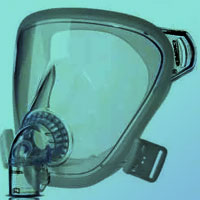
Noninvasive Ventilation as Acute Therapy
Noninvasive ventilation (NIV) is widely used in ICU patients to treat or to prevent acute respiratory failure (ARF). Whereas its physiological effects are clearly beneficial in hypercapnic patients, it could be deleterious... read more

Insidious Harm of Medication Diluents as a Contributor to Cumulative Volume and Hyperchloremia
This study identified that medication diluents contribute substantially to the total IV volume received by critically ill patients. Saline as the primary medication diluent compared with dextrose 5% in water is associated... read more
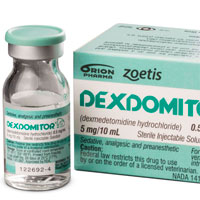
Low-dose Nocturnal Dexmedetomidine Prevents ICU Delirium
Dexmedetomidine is associated with less delirium than benzodiazepines, and better sleep architecture than either benzodiazepines or propofol; its effect on delirium and sleep when administered at night to patients requiring... read more

Clostridium difficile infection in the ICU
About 10% of patients with diarrhea will test positive for CDI. Around 2% of ICU patients develop an episode of CDI. Estimating the severity of CDI is essential for prognosis and therapy. Diagnosis and estimation of disease... read more

Threshold Analysis as an Alternative to GRADE for Assessing Confidence in Guideline Recommendations Based on Network Meta-analyses
Guideline development requires the synthesis of evidence on several treatments of interest, typically by using network meta-analysis (NMA). Because treatment effects may be estimated imprecisely or be based on evidence lacking... read more
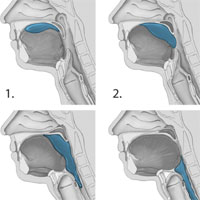
Dysphagia in the ICU: Epidemiology, Mechanisms, and Clinical Management
In the light of the fact that the clinical consequences of ICU-acquired dysphagia (e.g., aspiration-induced pneumonitis/pneumonia) can often be observed on ICUs, more data on underlying mechanisms and/or risk factors seems... read more
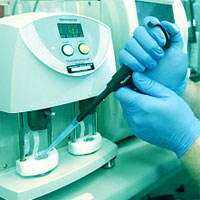
Thromboelastography Predicts Thromboembolism in Critically Ill Coagulopathic Patients
Critically ill patients with deranged conventional coagulation tests are often perceived to have an increased bleeding risk. Whether anticoagulant prophylaxis for these patients should be withheld is contentious. This study... read more

Letting the Patient Decide: A Case Report of Self-Administered Sedation During Mechanical Ventilation
It is common for critical care nurses to administer sedative medications to patients receiving mechanical ventilation. Although patient-controlled analgesia is frequently used in practice to promote effective self-management... read more

Tele-ICU Leads to Overall Reduction in ICU Mortality
A new systematic review and meta-analysis has found that implementation of tele-ICU services was associated with an overall reduction in ICU mortality. Furthermore, in subgroup analysis, the pooled odds ratio for ICU mortality... read more
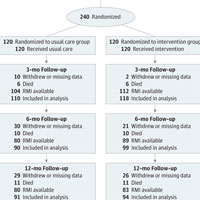
Increased Hospital-Based Physical Rehabilitation and Information Provision After ICU Discharge
Post-ICU hospital-based rehabilitation, including increased physical and nutritional therapy plus information provision, did not improve physical recovery or HRQOL, but improved patient satisfaction with many aspects of recovery.... read more

Extravascular Lung Water as a Target for Intensive Care
Extravascular lung water (EVLW) remains a useful guide for monitoring pulmonary edema (PO) and vascular permeability in sepsis, acute respiratory distress syndrome (ARDS), and heart failure. In addition, EVLW has a prognostic... read more
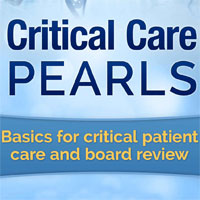
Critical Care Pearls: Basics for Critical Patient Care and Board Review
Critical Care Pearls for medical professionals involved in taking care of critically ill patients. An excellent resource for board review written by Dr. Iqbal Ratnani and Dr. Salim Surani. Dr. Iqbal Ratnani, MD, FCCP, FCCM... read more
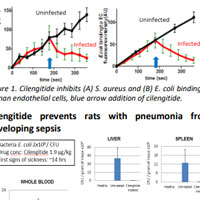
A Non-Antibiotic Approach for Treating or Preventing Sepsis
Researchers at the Royal College of Surgeons in Ireland (RCSI) have tested a compound called cilengitide in a preclinical trial. The drug goes by the brand name InnovoSep. Researchers discover the drug has the potential to... read more








